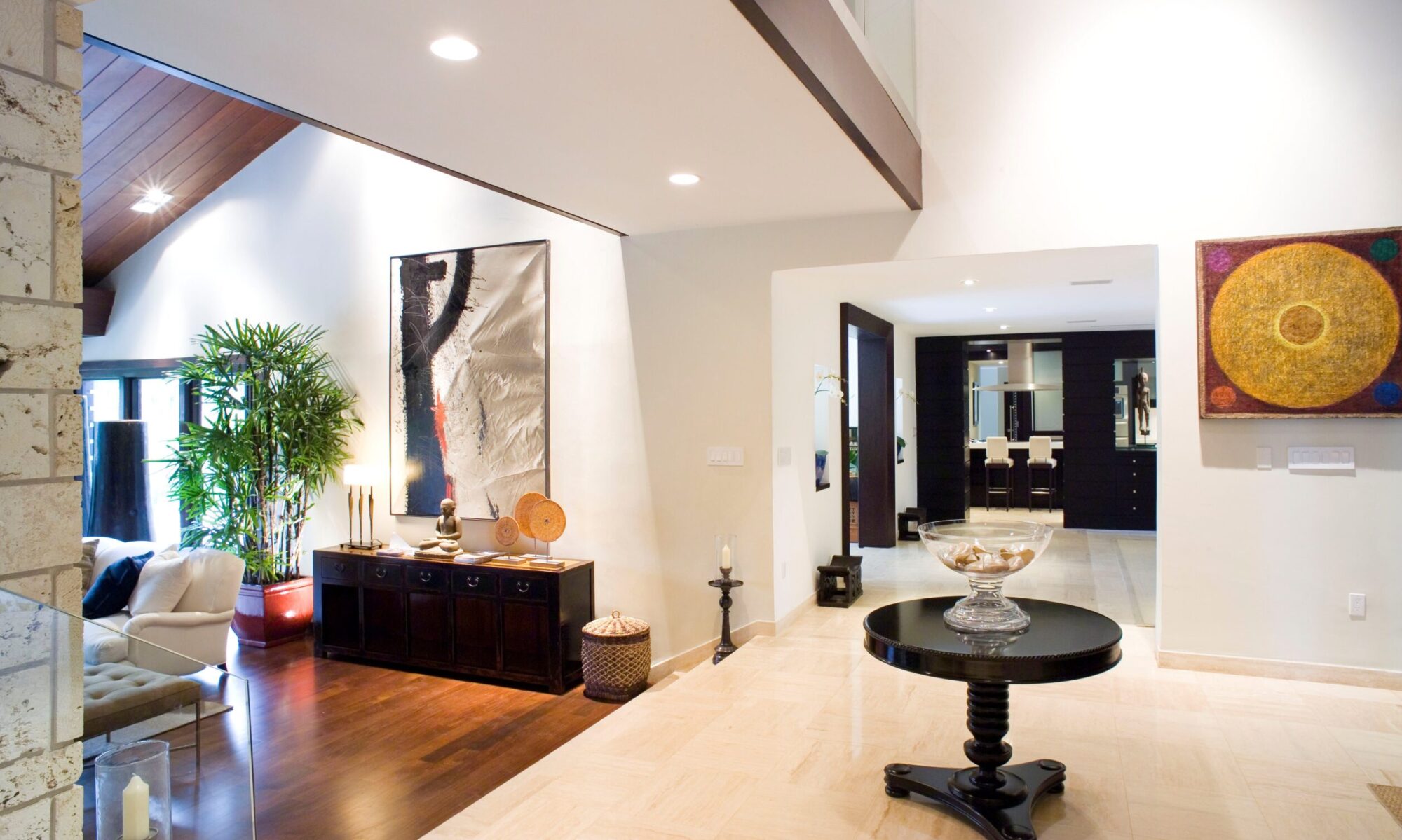WEST PALM BEACH, Fla. — New survey data reveals that Florida contractors are preparing for increased demand in 2025, with optimism for the future despite lingering concerns.
Brian Turmail, the National Spokesman for the Associated General Contractors of America, shared insights from the annual survey, highlighting a positive outlook in the industry.
“With the election behind us and with the rates dropping a couple of quarter points down to like 1%, our phones are blowing up—not just in WPB but throughout the state,” said Kirby, President & CEO of Verdex Construction.
Despite this optimism, 46% of Florida respondents cited material costs as a top concern.
“Given that they’re not worried about supply chains, what that’s telling us is that they’re worried about the potential impact of tariffs and possible trade wars on the prices they pay for certain materials essential to construction,” said Turmail.
Though the supply chain issues from 2021 and 2022 have eased, there are still concerns about potential price hikes.
According to the survey, workforce issues remain the leading concern: 71% of respondents mentioned worker quality, 64% noted an insufficient supply of workers and subcontractors, and 61% pointed to rising labor costs.
“They’re worried they won’t have enough workers, primarily the craft construction workforce—the men and women who do the bulk of the construction work—to be able to keep pace with demands for all sector projects,” Turmail said.
Industry leaders are calling on President-elect Donald Trump and Congress to pass the Stronger Workforce for America Act, which would increase funding for post-secondary and high-school construction training programs.
“Congress needs to act and do more about the Perkins, the Carl Perkins Act because that would push dollars down through the states to fund local high school technical training,” said Michelle DePotter, CEO of Florida East Coast AGC. “I think our youth are missing out on that. Source: “https://www.constructionowners.com/news/survey-construction-industry-optimistic-for-2025-but-concerns-remain
